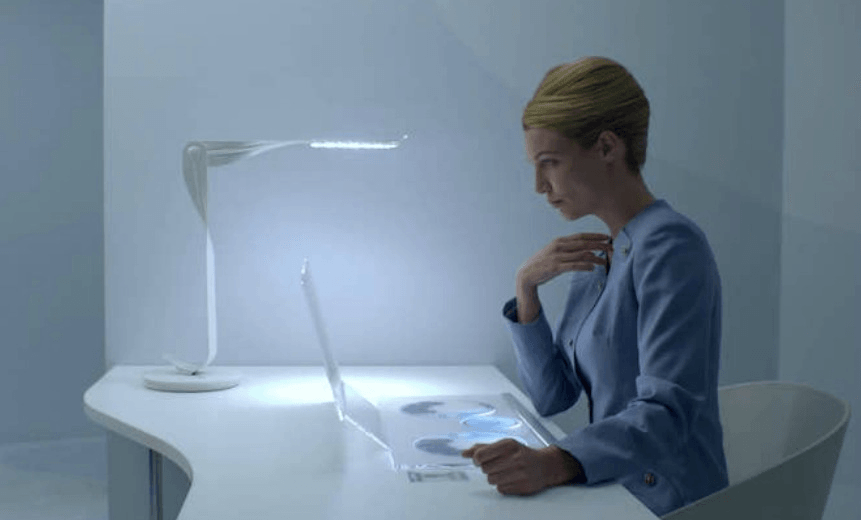Aaron Yap binges local series This Is Not My Life, a sci-fi mystery that could sit comfortably alongside Black Mirror and Orphan Black, and asks why New Zealand has stopped making genre TV.
In this recent Spinoff piece, I wrote about my experience, or more so lack of, with New Zealand television. I pondered the seeming aversion to making genre TV. Where are our sci-fi/horror shows? Where’s our Westworld? I suggested that it’s not completely out of our realm to be creating similar shows worthy of international acclaim and recognition.
During researching that piece, one local show came to my attention: This Is Not My Life. Broadcast on TV One back in 2010, this series stood out because it appears to be last time we committed to producing a serialised sci-fi drama.
To get a handle on the kind of genre TV we’re capable of making, I caught all its 13 episodes over the weekend. Verdict? I didn’t love it, but it is an admirable, capably acted and directed piece of work, with thought-provoking, sometimes startlingly prescient ideas and compelling twists and turns. So why haven’t we made another one?
For creators Rachel Lang, Gavin Strawhan and Jason Daniel, This Is Not My Life was undoubtedly a tricky, ambitious undertaking. It’s probably as close as we’ve come to making our own LOST. Here was a brain-tickling, high-concept premise, mounted on a meagre NZ On Air budget that would struggle to fund twenty minutes of Game of Thrones. And it was too tricky, perhaps, to go the distance
The show wasn’t renewed for a second season. TVNZ commissioning head Andrew Shaw cited “commercial realities” for the decision. But an audience tuned in. Early ratings were strong (before The X-Factor muscled in). Local press reviews were decent. There was talk of a US remake (I don’t think ever materialised). If IMDB user comments are anything to go by, TINML travelled effectively too, with positive reviews coming in from Germany, London and Canada. A user in Thailand even called it “The best sci-fi series since the original Star Trek”.
In the pantheon of sci-fi TV greats, I wouldn’t rank TINML so highly, but considering the rarity of such outré fare on the small screen here, it still feels like something of a curious, commendable achievement. The plot is familiar but arresting, a classic The Twilight Zone/The Prisoner-type scenario: a man, Alec Ross (Charles Mesure), wakes up one morning with the nagging sensation that his life might not be his. He has a wife (Tandi Wright) and two kids, and lives in the clinically manicured suburban utopia of Waimoana. He just can’t remember who he is nor how he got there.
TINML is the sort of head-scratcher that would qualify as “binge-ready” these days, its mysteries pregnant with narrative possibilities and perfect for rabid fan theorising. It juggles big, heady concepts. Illusory realities, mind control, existentialist identity crises and technological malfeasance all figure in its plot. It would sit comfortably alongside a lot of de rigueur mind-bending sci-fi programming: Black Mirror, Orphan Black, Humans, Westworld. Try to imagine Wayward Pines shot in Omaha, and you’ll be somewhere in the vicinity of TINML’s smart-car-populated ballpark.
I’ll be honest though: the show looks hamstrung by its budget, although it’s arguably more glaring when you’re watching a bunch of episodes back-to-back. There are specific things it does well. The concrete-and-glass designer homes of Omaha are a practical find for its vaguely futuristic setting. The level of effort and detail put into the graphics of the touch-powered PDA-style devices used by the characters is impressively slick. However, there’s also a dangerously fine line between stylish, elegant, minimalist production design and not having enough resources to build your world to its full potential, and TINML walks it constantly.
Occasionally it seems like the action is constrained to three or four locations in Waimoana: the wellness centre, the suburbs, and some non-descript forest and park (oh wait, there’s a sex club too). I get that the sterile, homogeneous artificiality of the world is part of the design, but the drabness can make for a visually draining watch, especially when the storytelling begins to tread water in the mid-to-late section. I would have shortened one tedious love triangle subplot, capped the show at a tighter eight-to-ten episodes, and throw more money at giving the look and feel of Waimoana a thorough once-over.
Having said all that, the limitations of TIMNL aren’t without a certain homespun charm. As a thriller, the show appealed to my weakness for onion-peel narratives featuring paranoid protagonists gradually uncovering their true identity and purpose. Is Alec inside The Matrix? Is he on his own Truman Show? The writers don’t answer all those intriguing, imagination-stirring hints about life outside Waimoana, but do drop several satisfying bombshells to keep us invested. It at least gives the impression they’re not just making shit up as they go along.
One surprising element I couldn’t ignore was the deafening resonance of Waimoana’s isolationist principles. Given the nervy divisiveness of the world’s prevailing political climate, it’s strange and unsettling to hear references to “America closing its borders”, and characters regularly speaking of “outsiders”, and saying things like “those evil bastards are committing to destroying our way of life!”. Who would have thought a local show from 2010 could, in its own bizarre way, operate as an allegory for America 2017?
This Is Not My Life is unavailable to stream on demand in NZ at present, but rentable on DVD through Fatso or – if you can find one – your local video store.
This content, like all television coverage we do at The Spinoff, is brought to you thanks to the excellent folk at Lightbox. Do us and yourself a favour by clicking here to start a FREE 30 day trial of this truly wonderful service.
